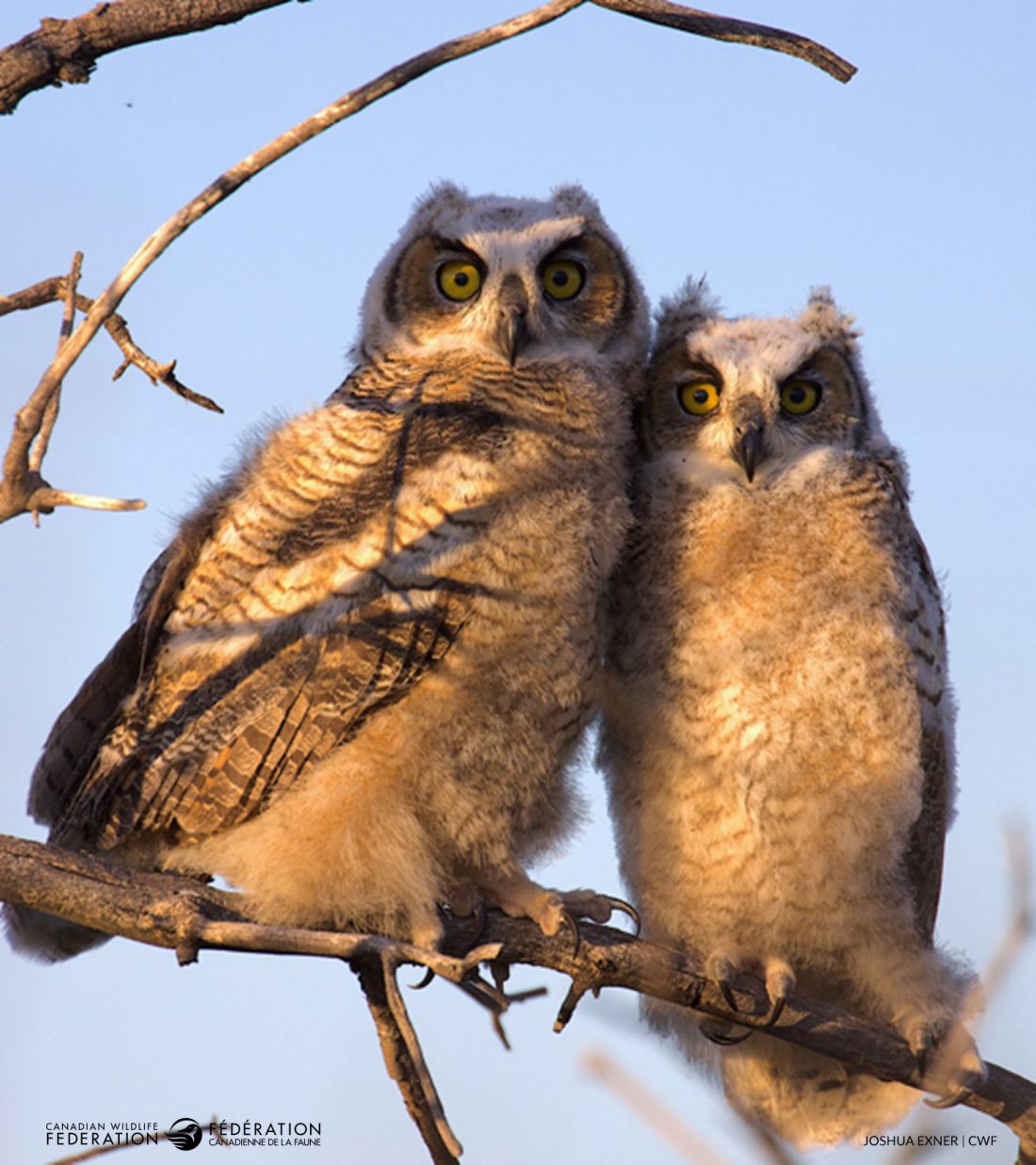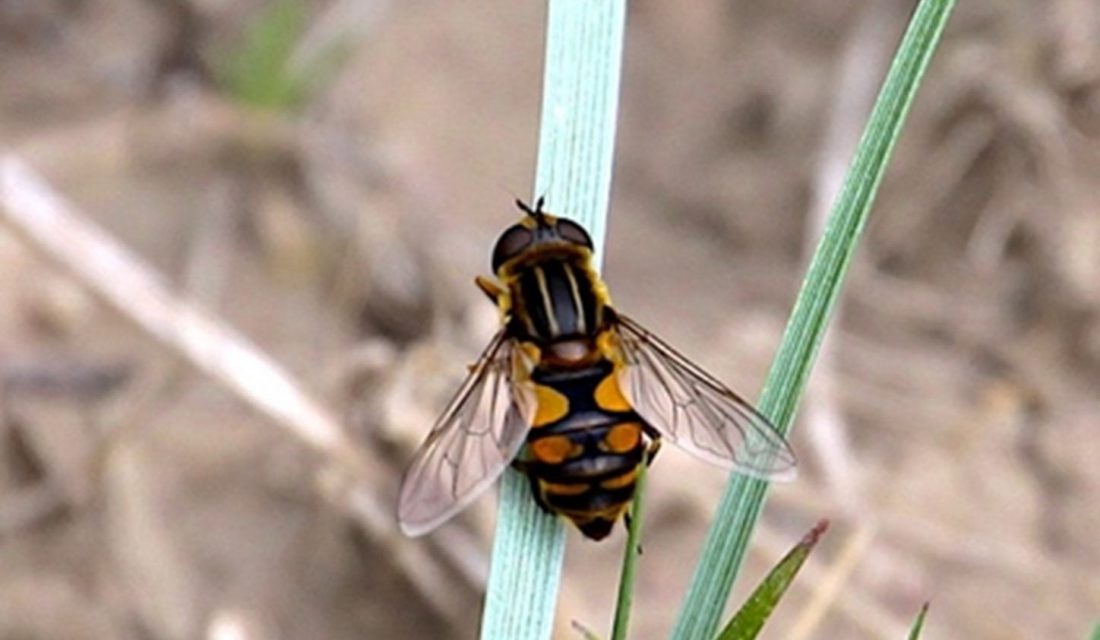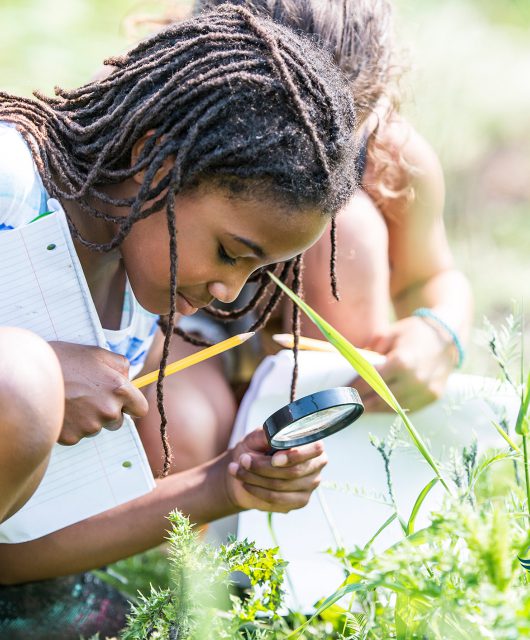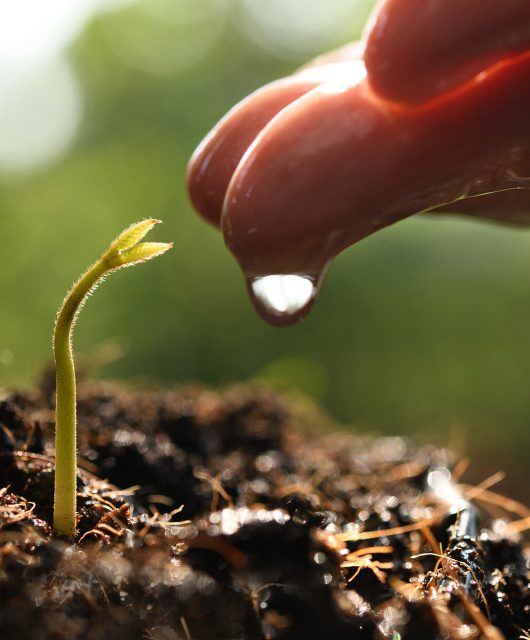Joshua Exner is a summer student who worked with the Canadian Wildlife Federation’s grasslands team.
I was fortunate to work as an Insect Field Technician for the Canadian Wildlife Federation this past field season at Grasslands National Park.
My responsibilities at the Saskatchewan Park included surveying and sampling to collect insects and prepare them for curation.
A Day in the Life of a Summer Student Insect Field Technician
Each morning, the team would leave early and drive to our plots. We’d set up pan traps — soapy water within a yellow plastic dish — before carrying out sweep netting. Sweep netting is pretty much what t sounds like: mesh net that is swept back and forth with the goal of capturing insects.
Following the data collection, insects were prepared for curation. This process differed depending on the collection technique. One aspect of working with insects that was both challenging and rewarding was pinning the insects.
Overall, working for the CWF was a great opportunity. They encourage and recognize hard-work and promote a positive learning environment.
Summer of Learning
There were many highlights throughout the summer:
- Learning about insect mutualism and parasitism relationships
- Watching two Great-Horned Owl fledglings develop from flightless chicks into hunting partners
- Seeing numerous threatened and endangered bird species such as Burrowing Owls, Long-Billed Curlews and Sage Grouse
- Learning about my (new) favourite insect family – Syrphidae, or commonly known as Flower Flies (Hover flies)
Summer of Observing

In the photo above, you can see the two Great-Horned Owl fledglings. One is approximately five days older than the other. At the research station we were based out of for the summer, the nest could be seen from the deck.
Every night I would sit and watch the nest, as well as the resident cattle, sheep, Ground Squirrels, Killdeer, Brewer’s blackbirds, Nighthawks, Eastern Kingbirds, amongst others. There was something special about watching them develop, leaving the nest, a gaining independence and confidence hunting rodents in the native prairie grasses every day. Their pellets were full of Ground Squirrel mandibles and other bones.
A New Passion

This photo shows a Flower Fly. Using Jeff Skevington’s book “Field Guide to the Flower Flies of Northeastern North America” my attempted species identification is Helophilus obsurus (Obscure Marsh Fly).
Did you know that flies (Diptera) carry out about a third of all pollination? Prior to this position with CWF, I didn’t know that there were flies that pollinate. Learning this interesting factoid led to a deep dive into flies that pollinate, leading me to discover Syrphidae. For those of you like me, who have never heard of Flower Flies, I encourage you to investigate their life cycle, and the roles in which they play at each stage. Their diverse roles span from predation on plants, fungi and some can recycle waste. They are so cool.
Aside from the insects, birds and wildlife, the research team was one of the best parts about the job. There is something special about the bonds we form with people while out in nature – and I am grateful for the lifelong friends I have made through this experience.
Working for the CWF alongside Agriculture and Agri-food Canada staff was a memorable experience through-and-through, and I encourage any perspective students and or professionals to consider working for the Canadian Wildlife Federation.





